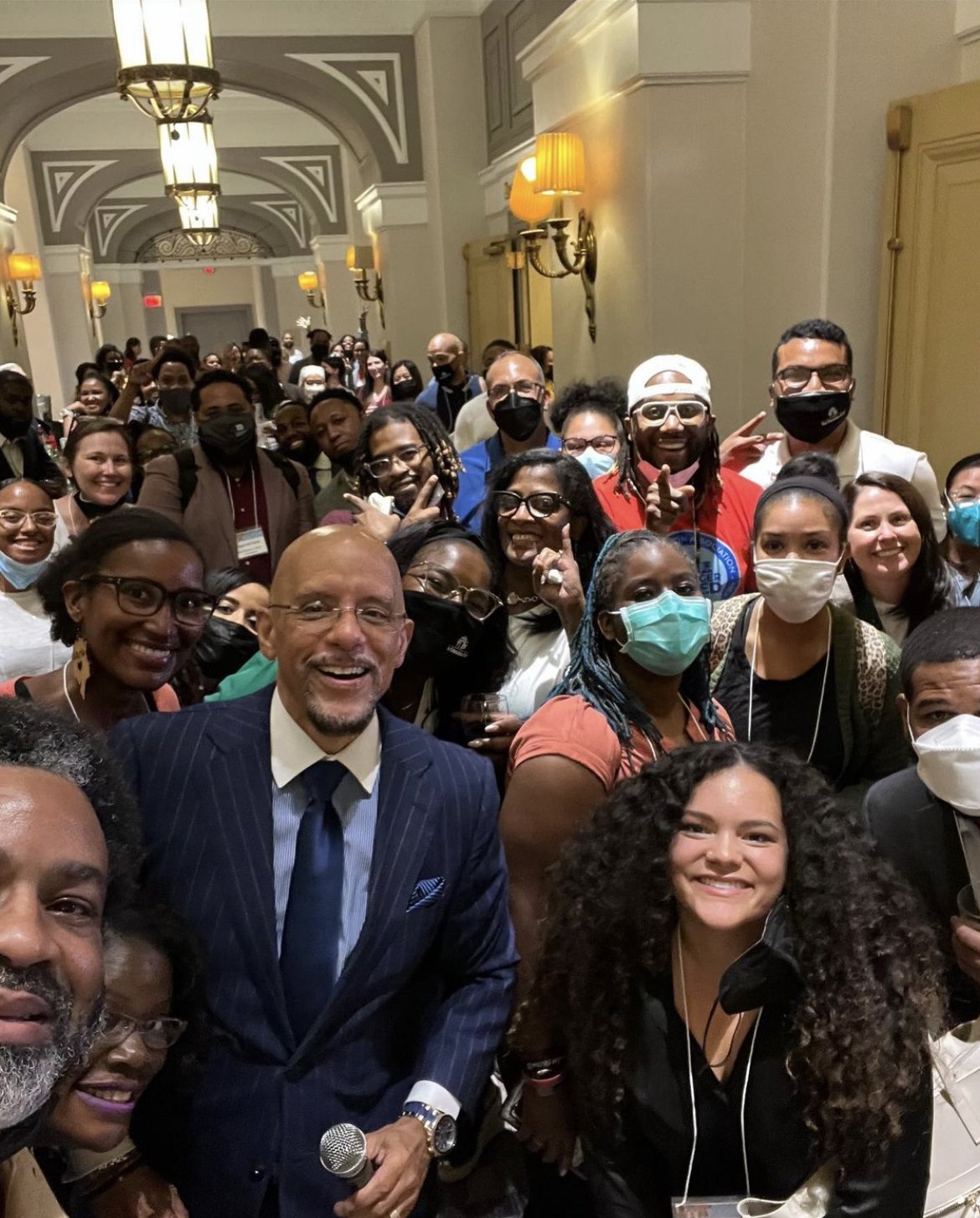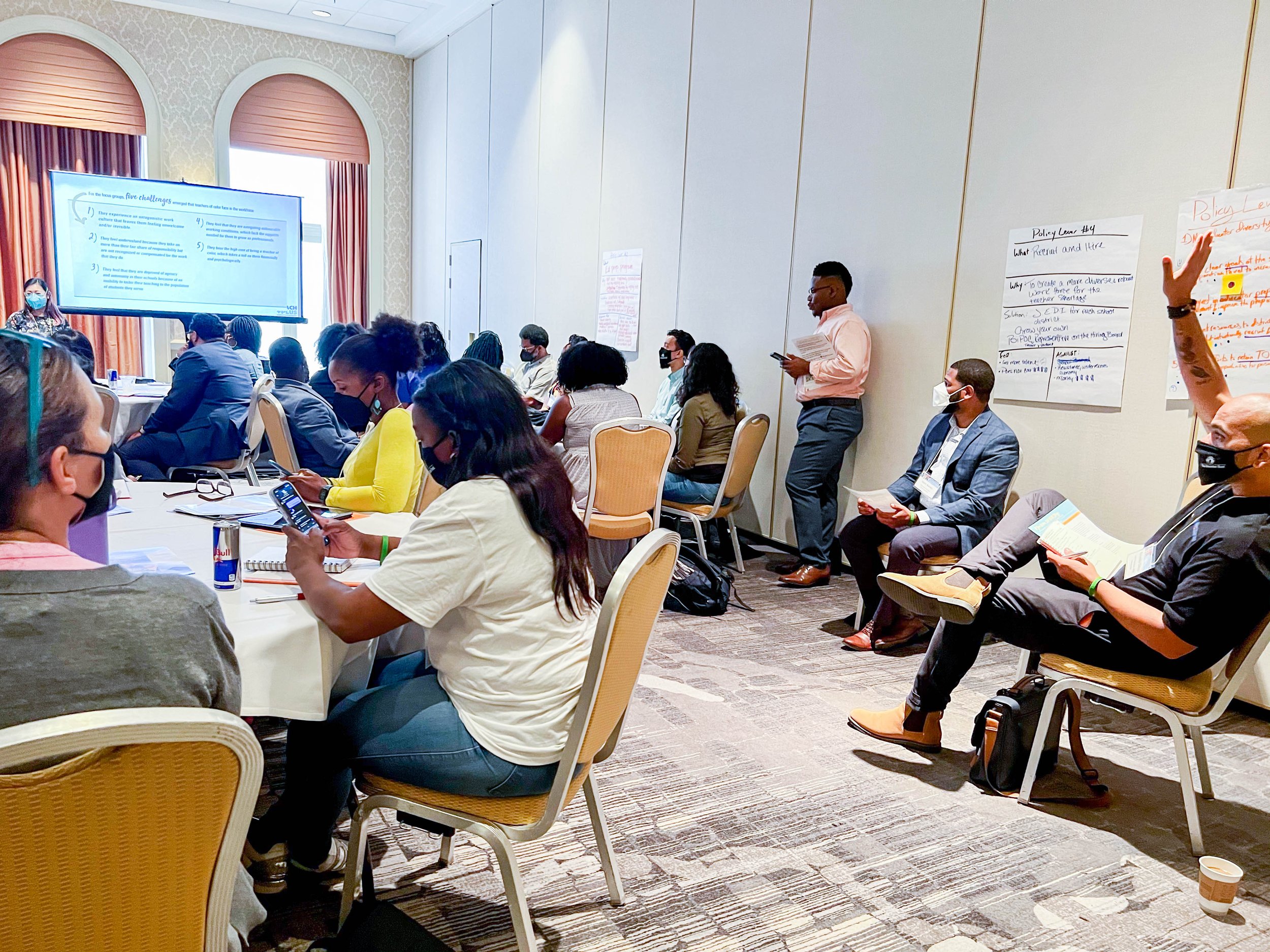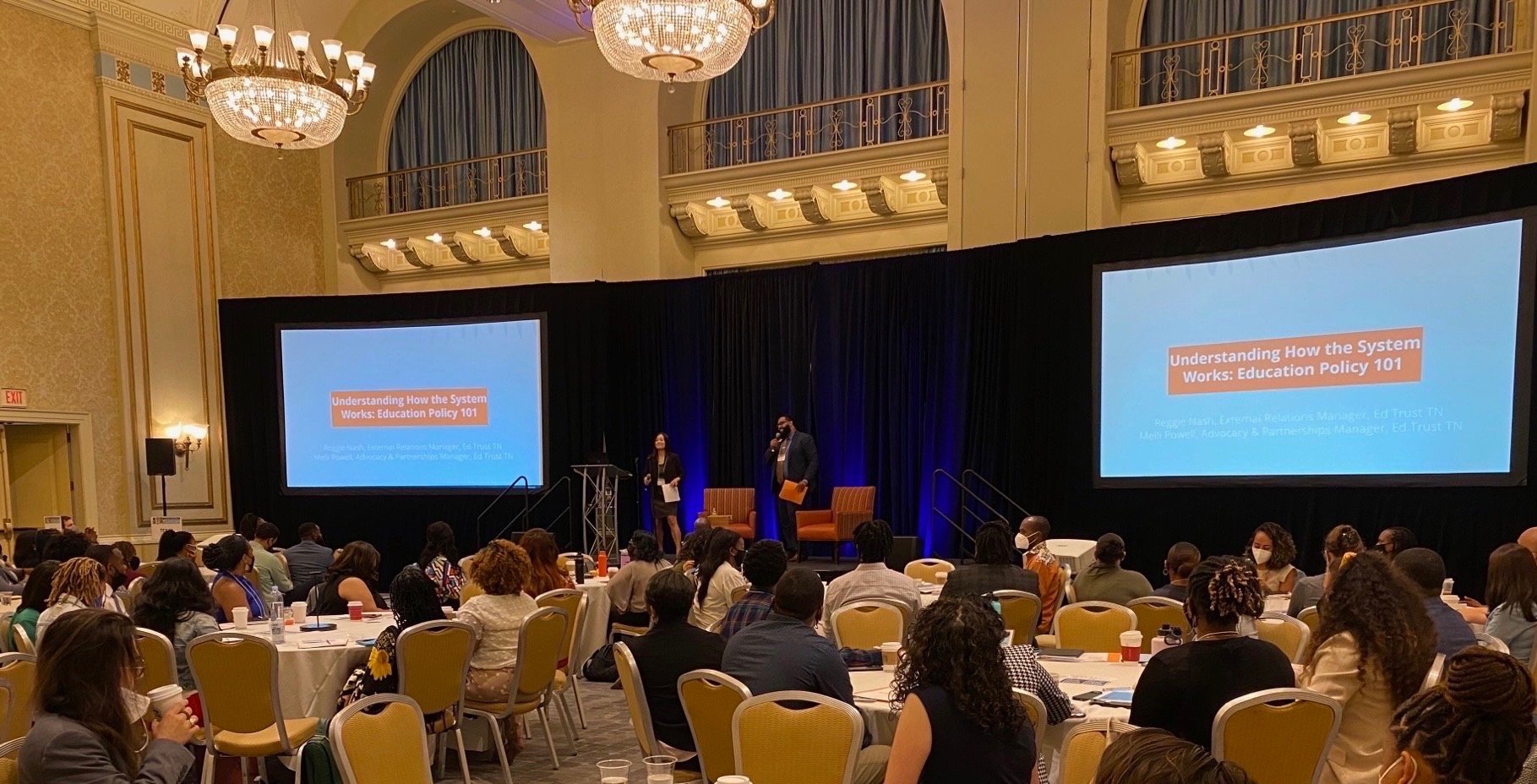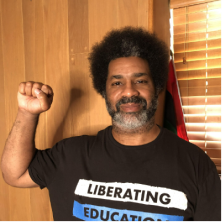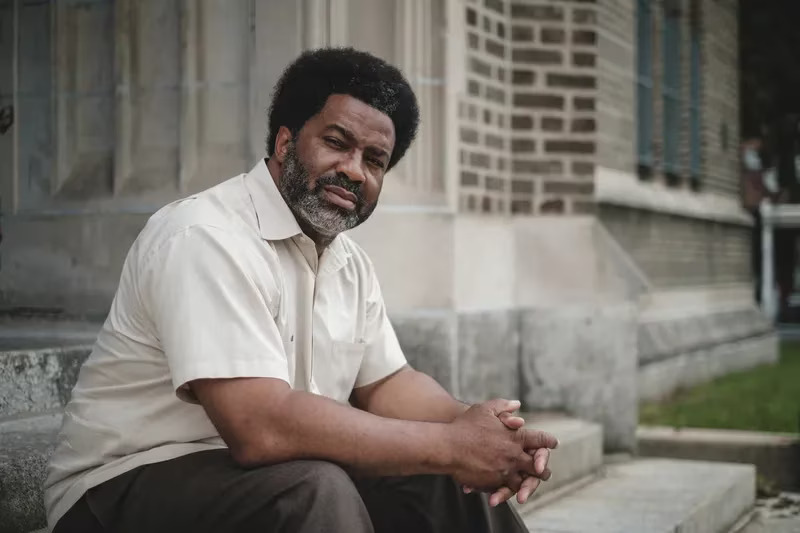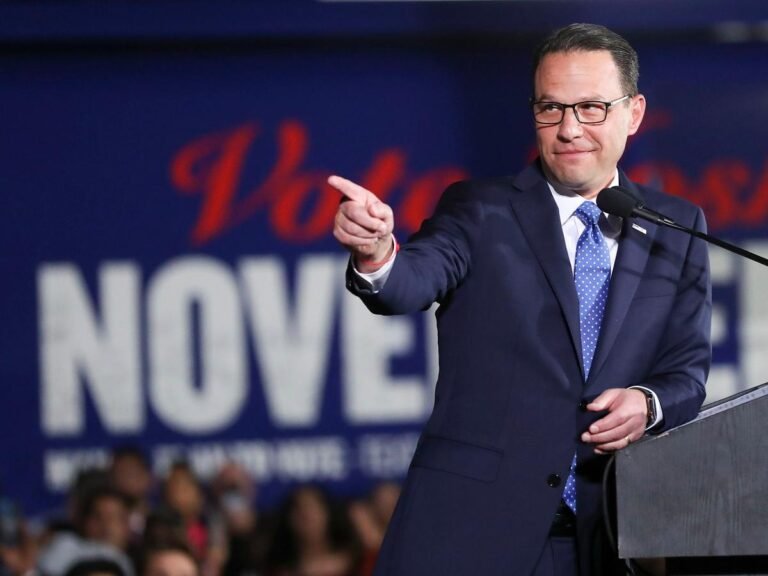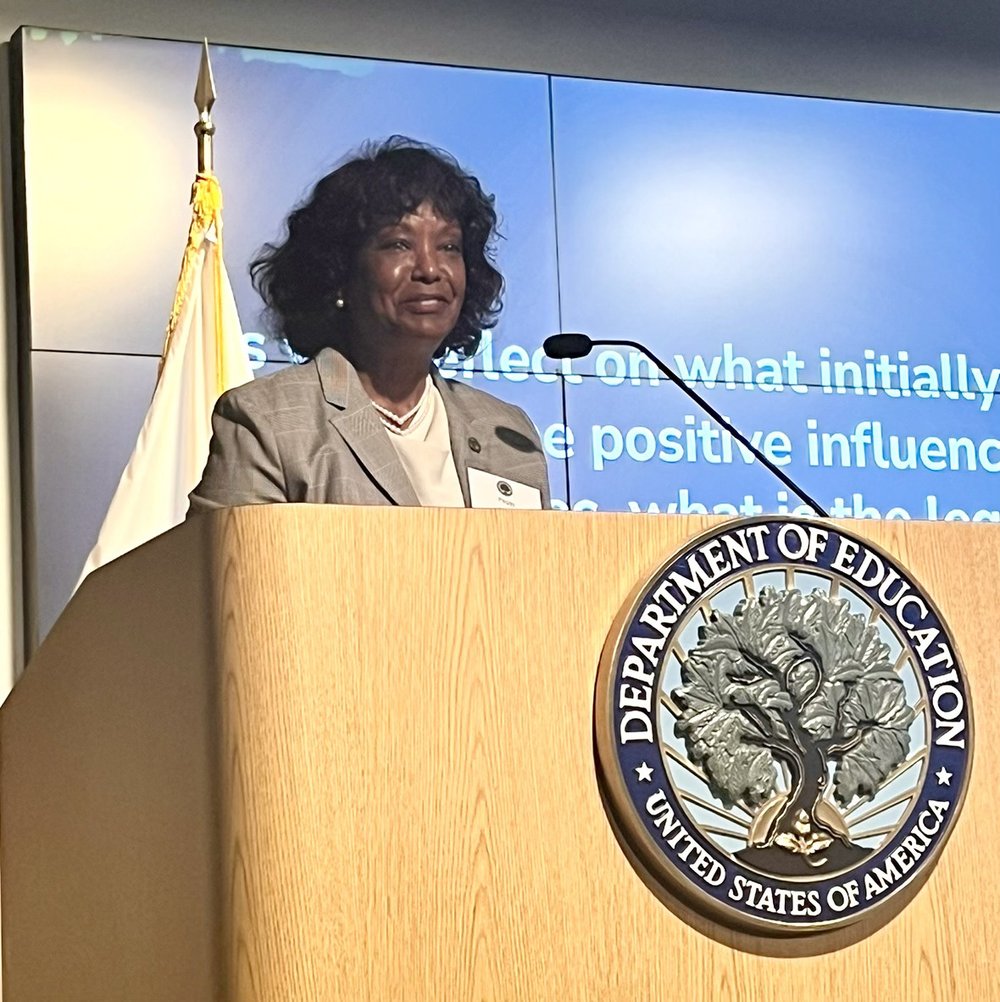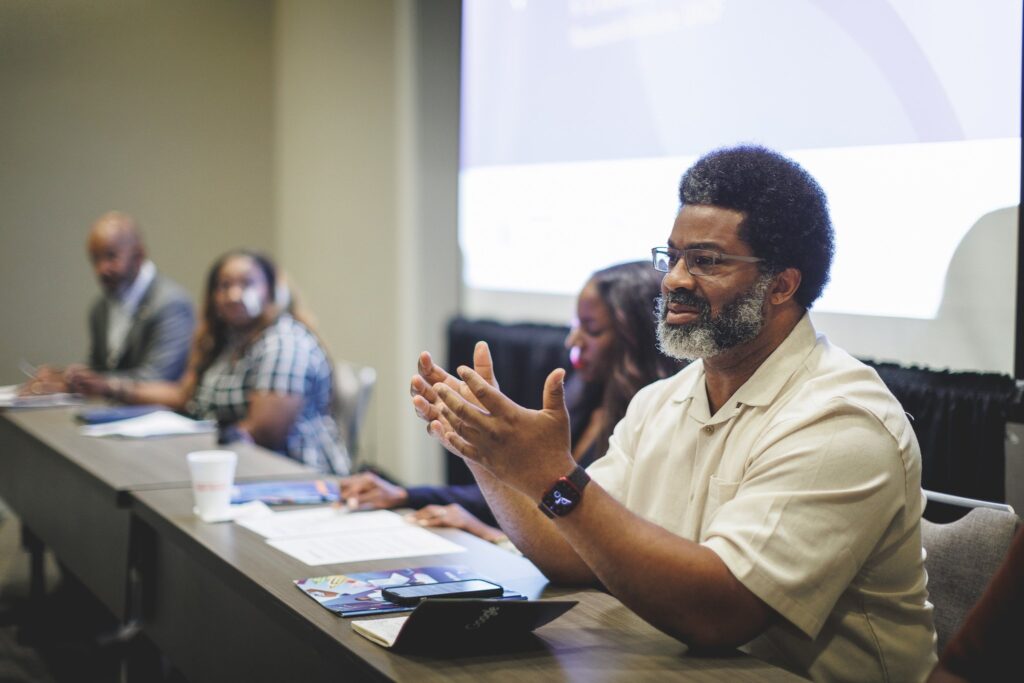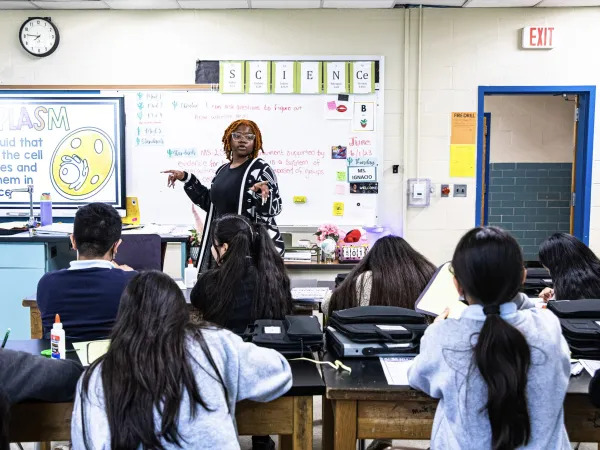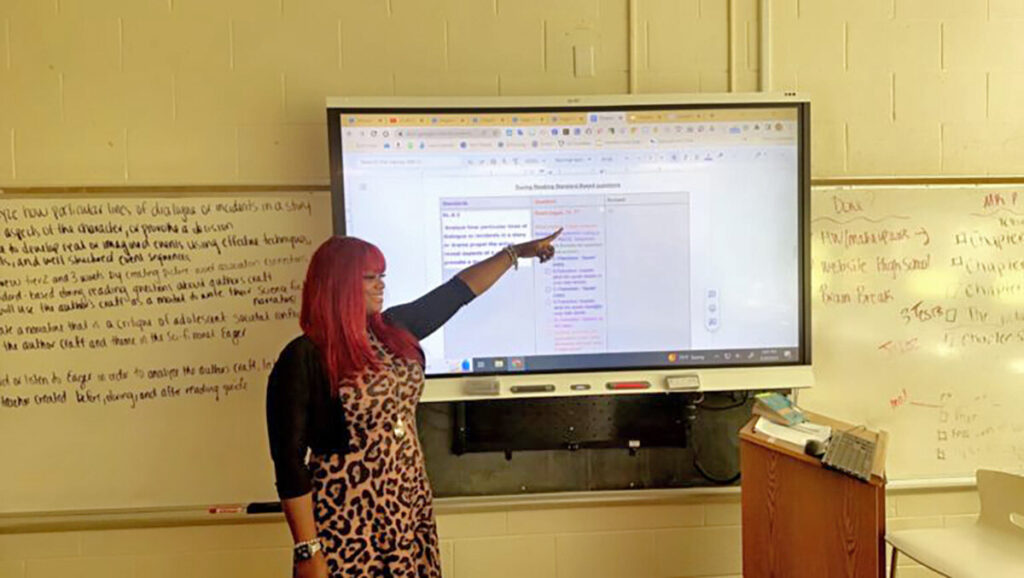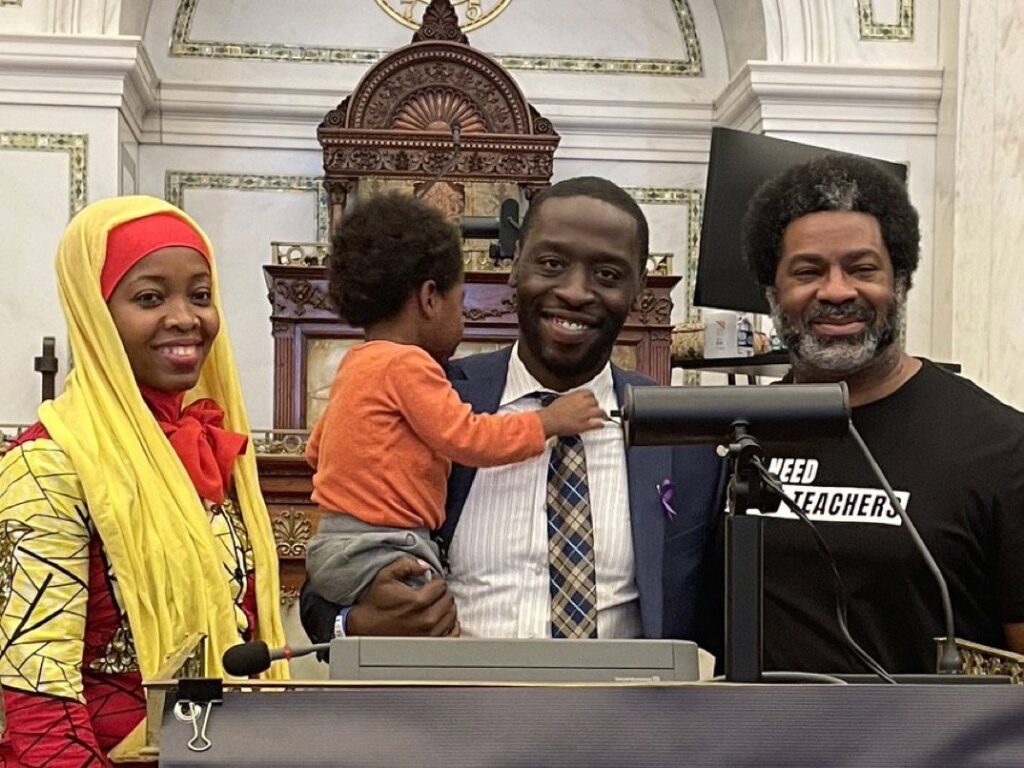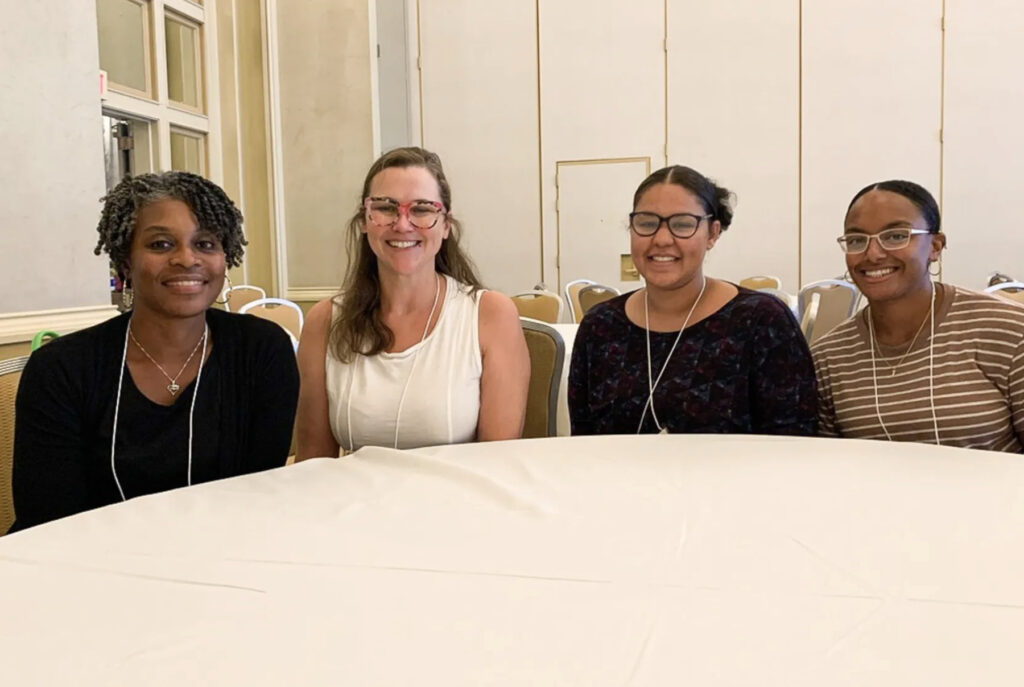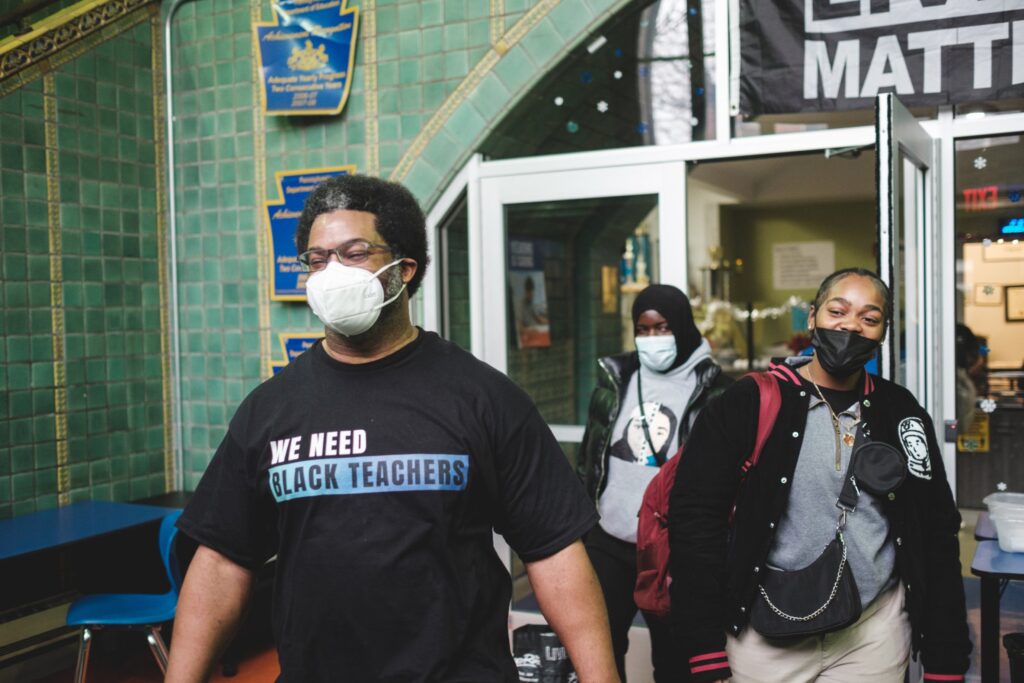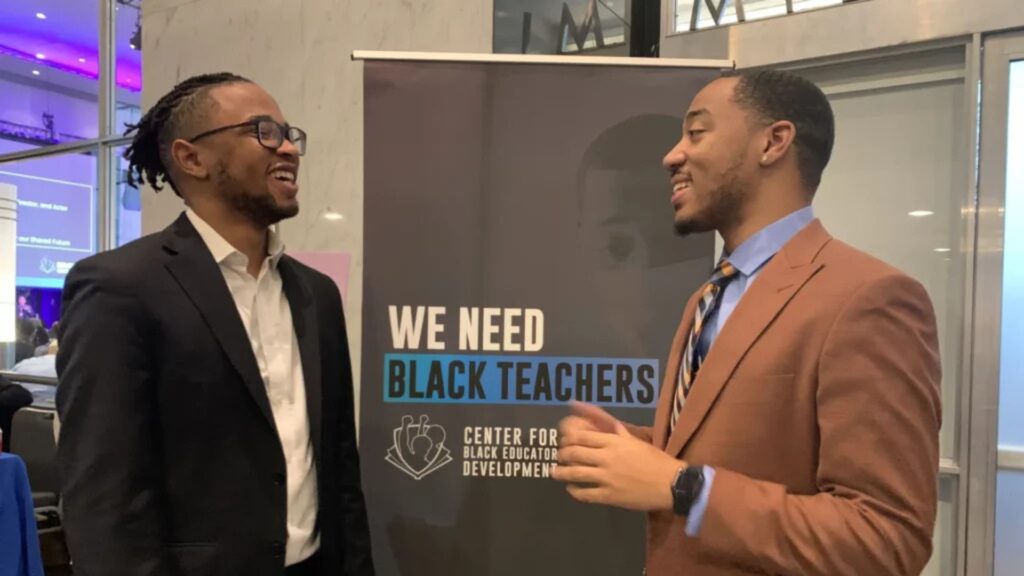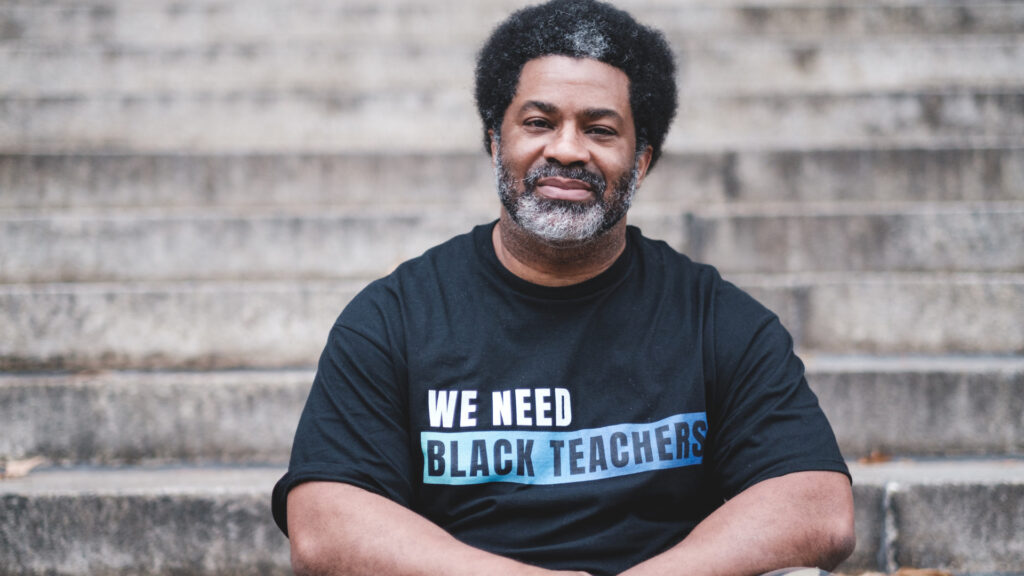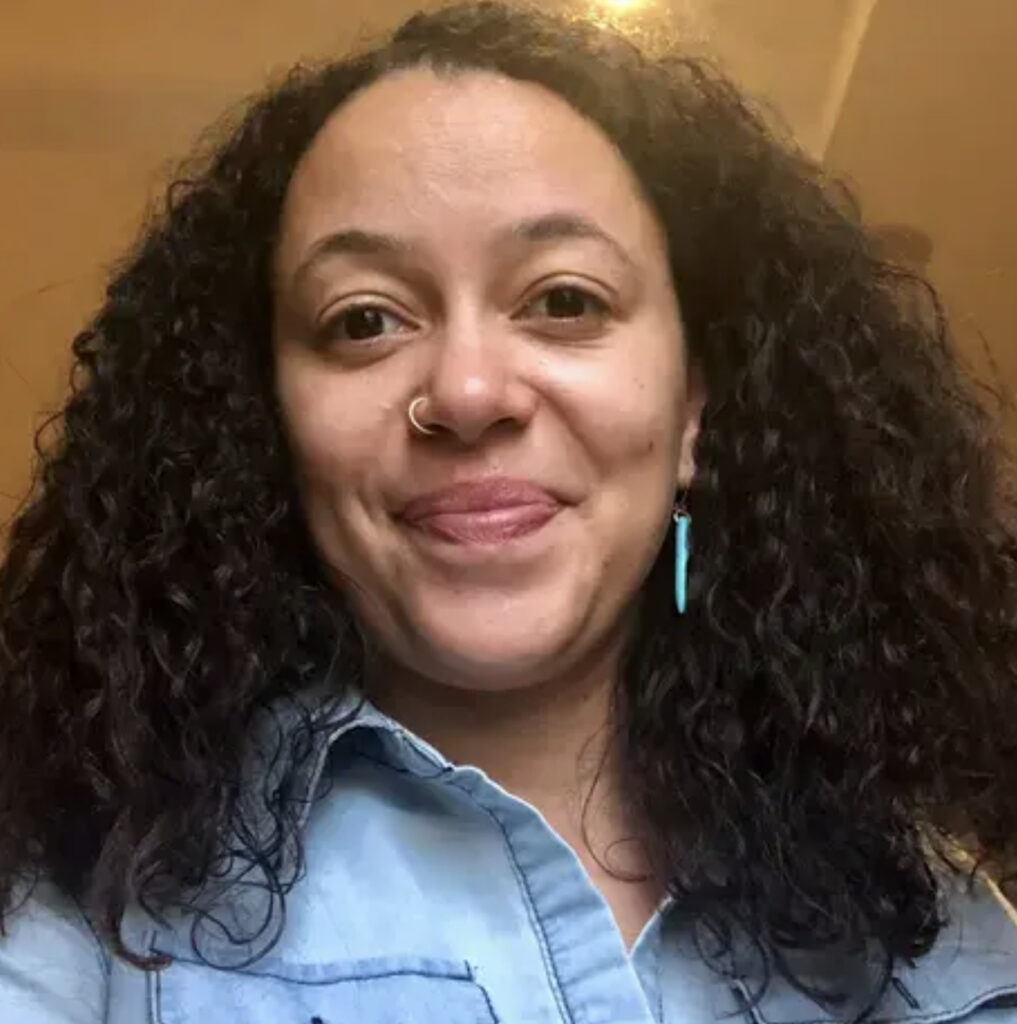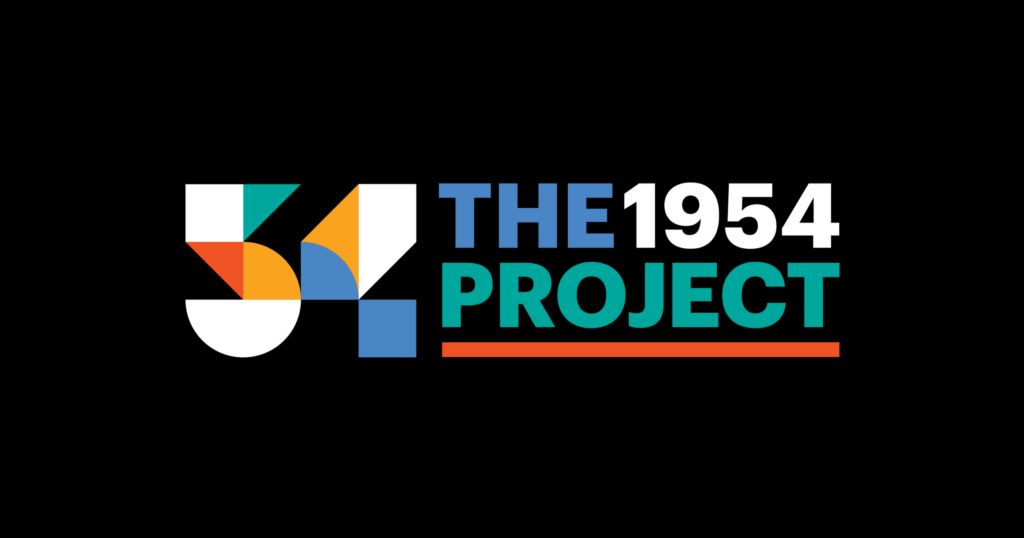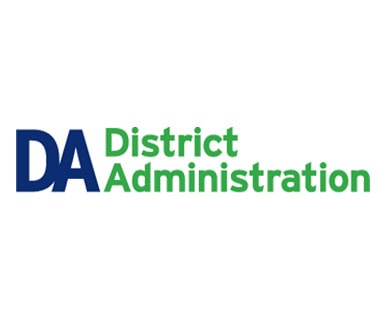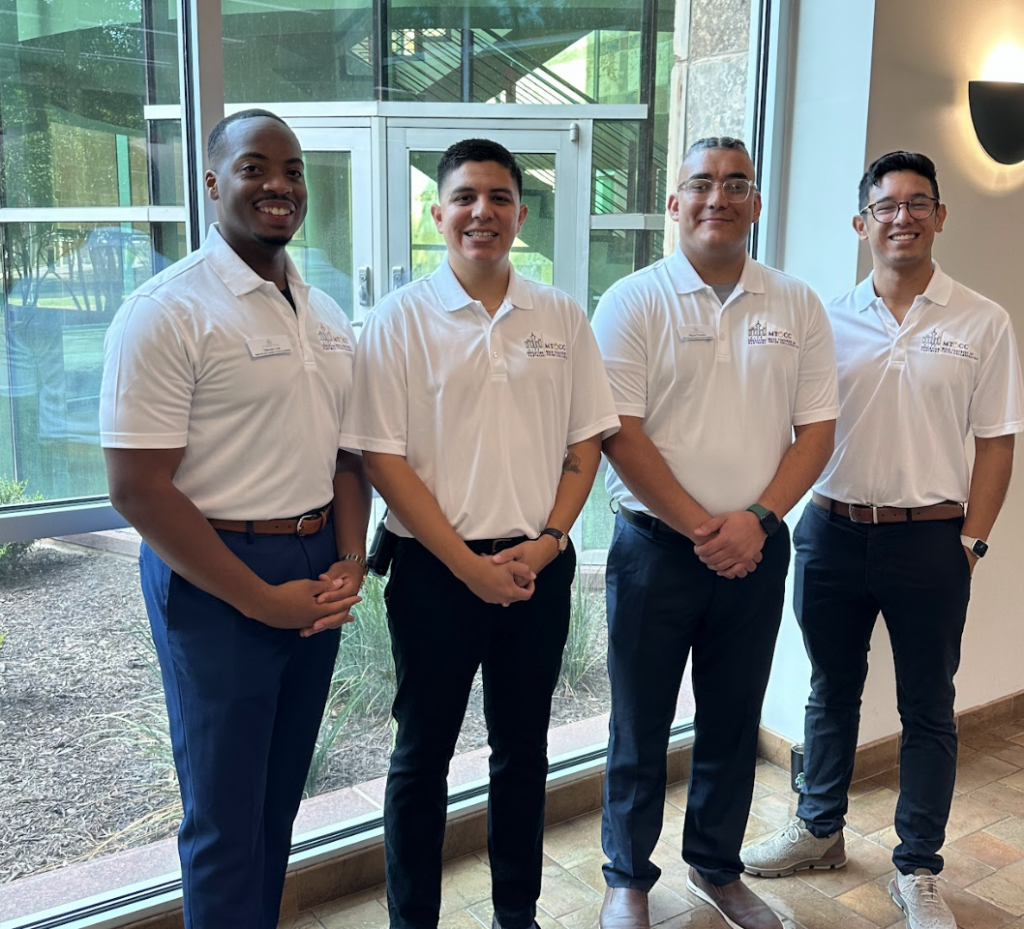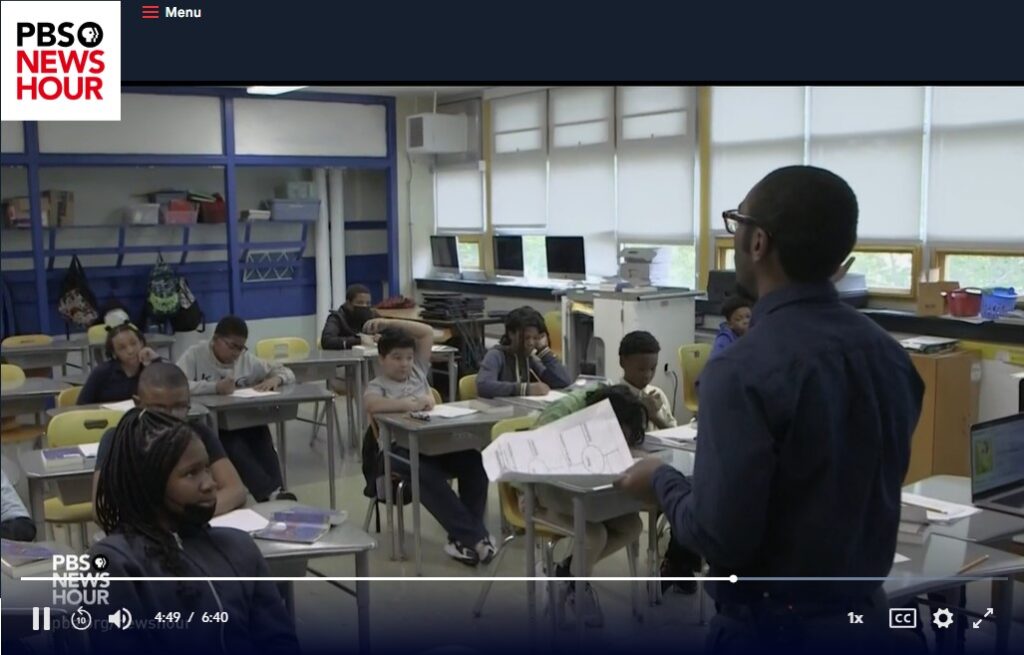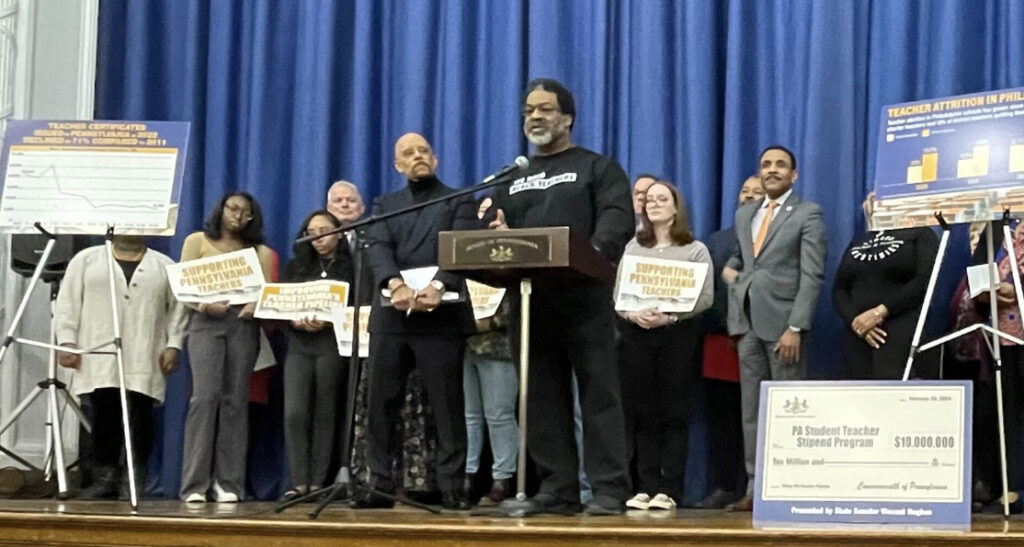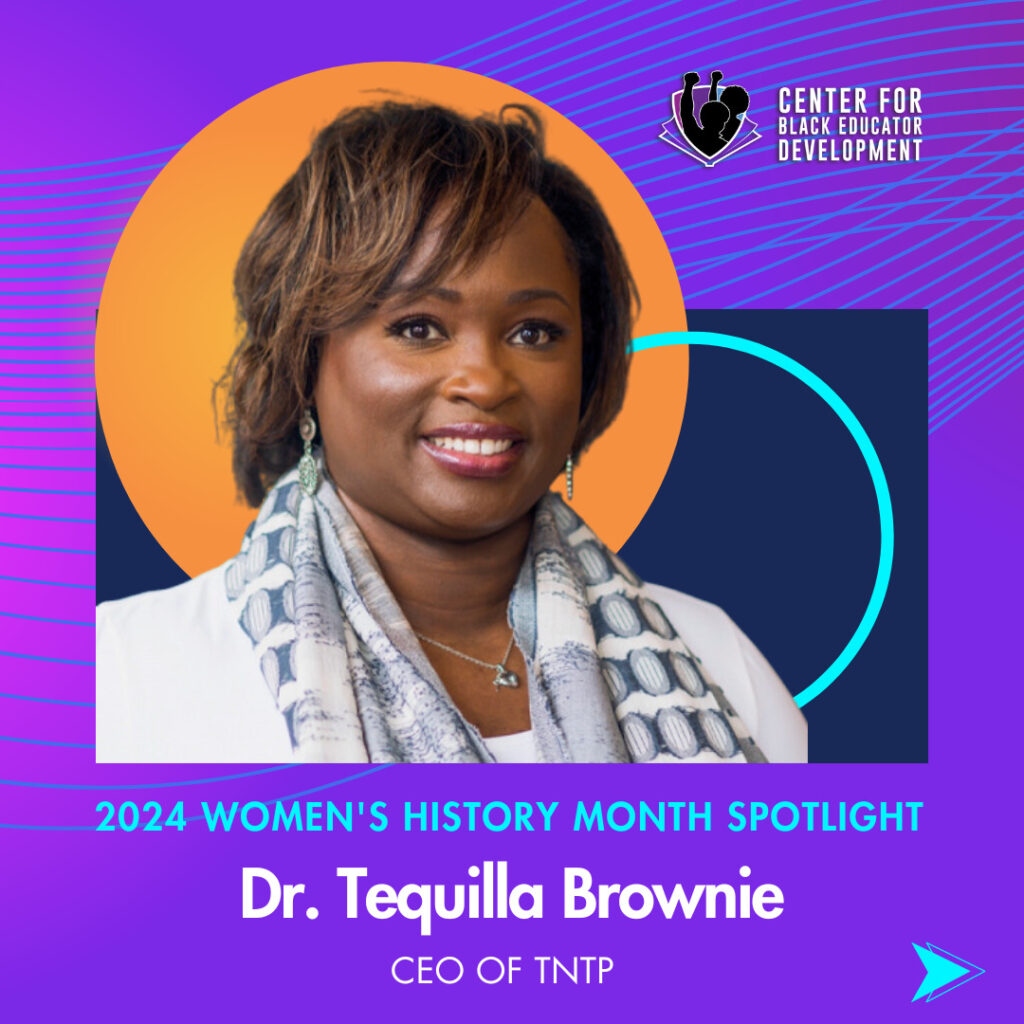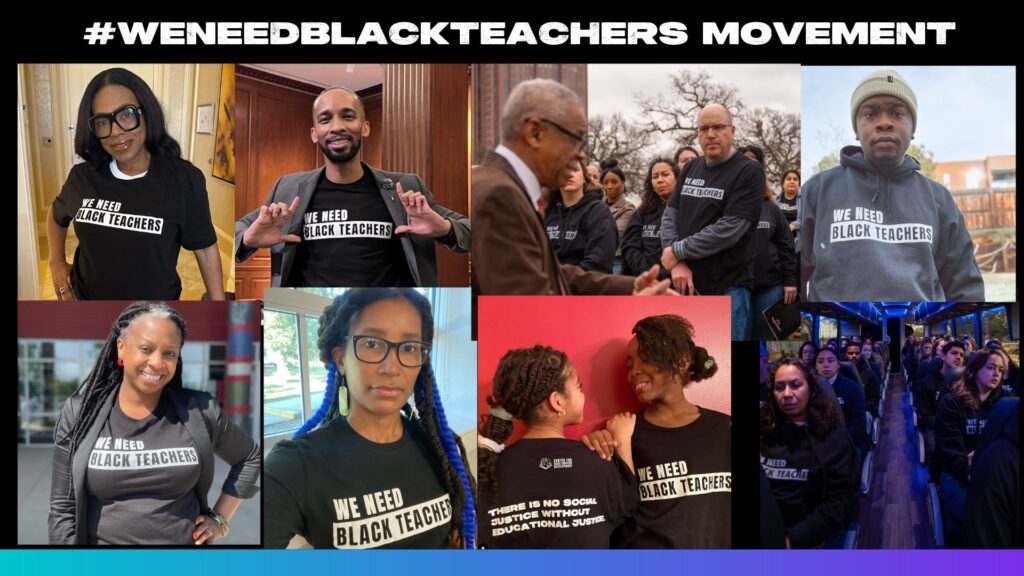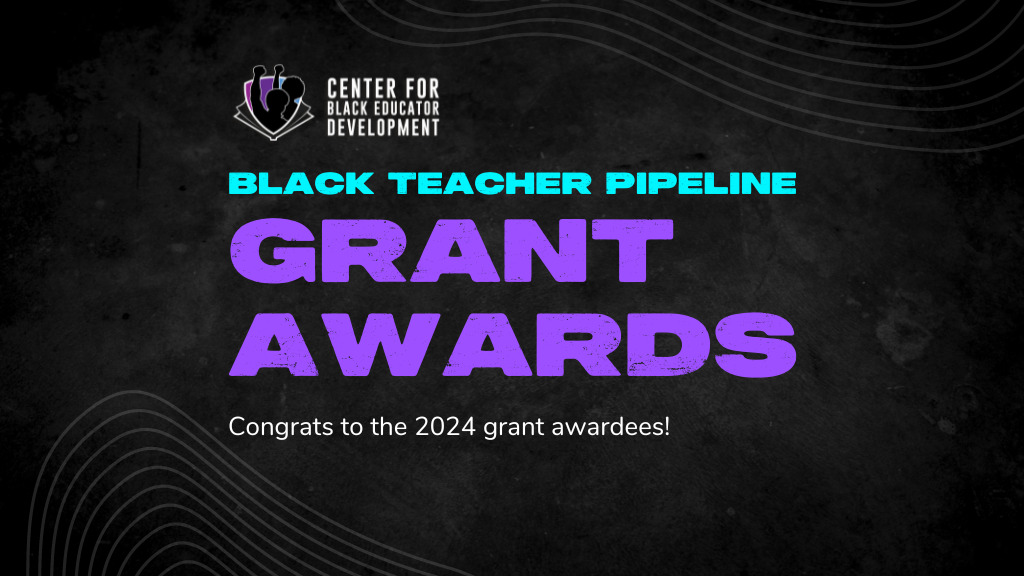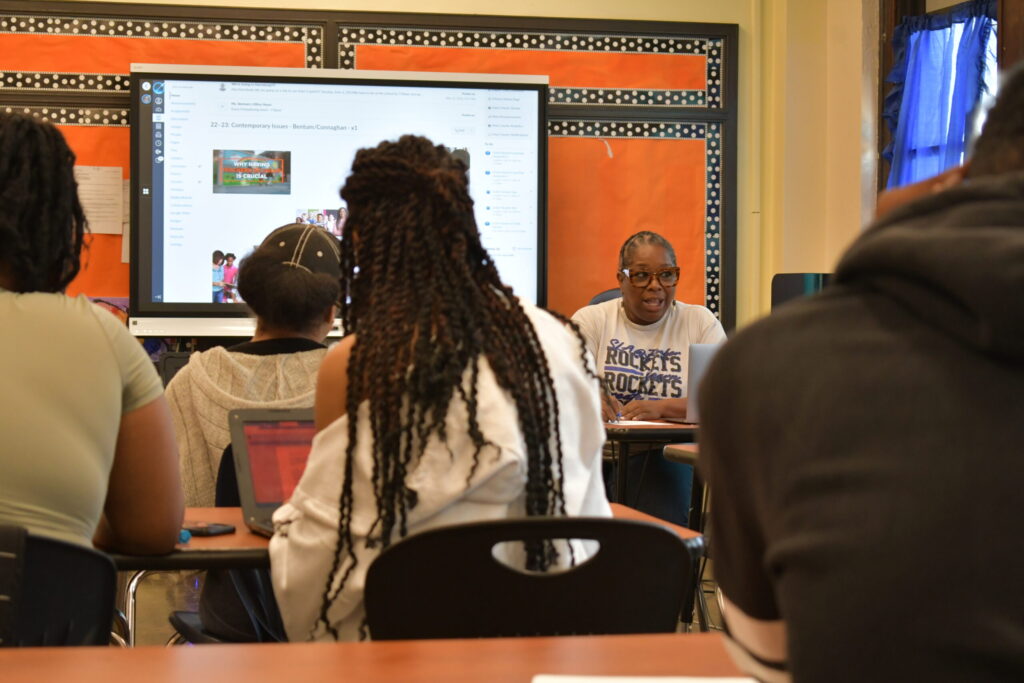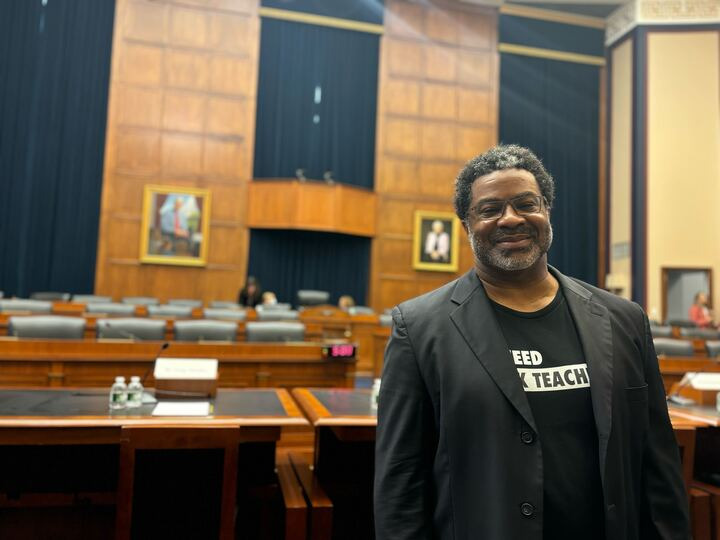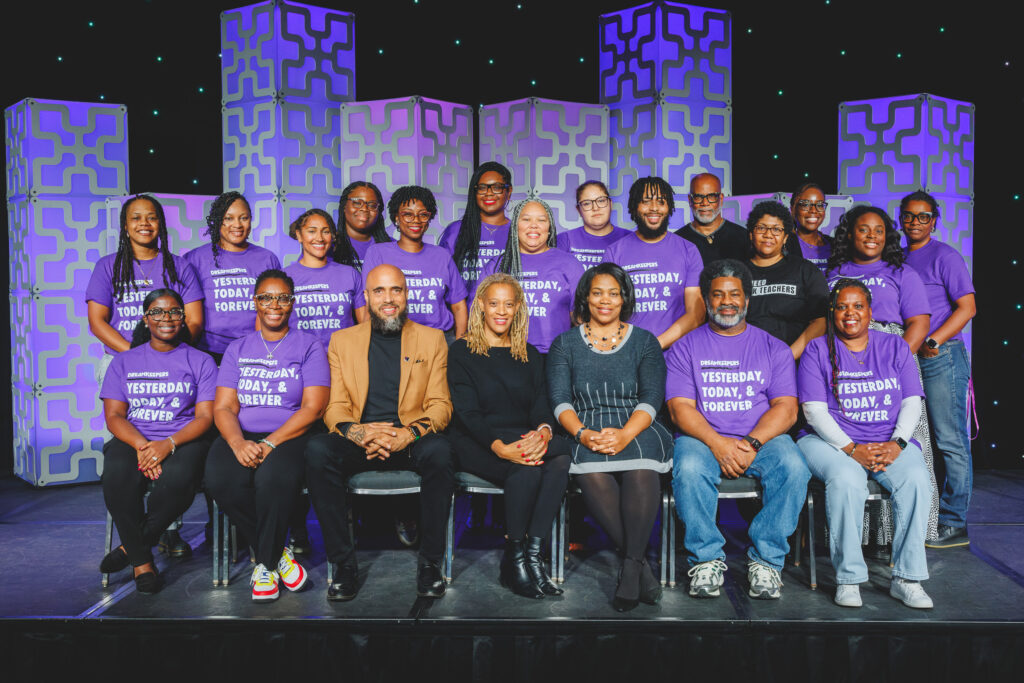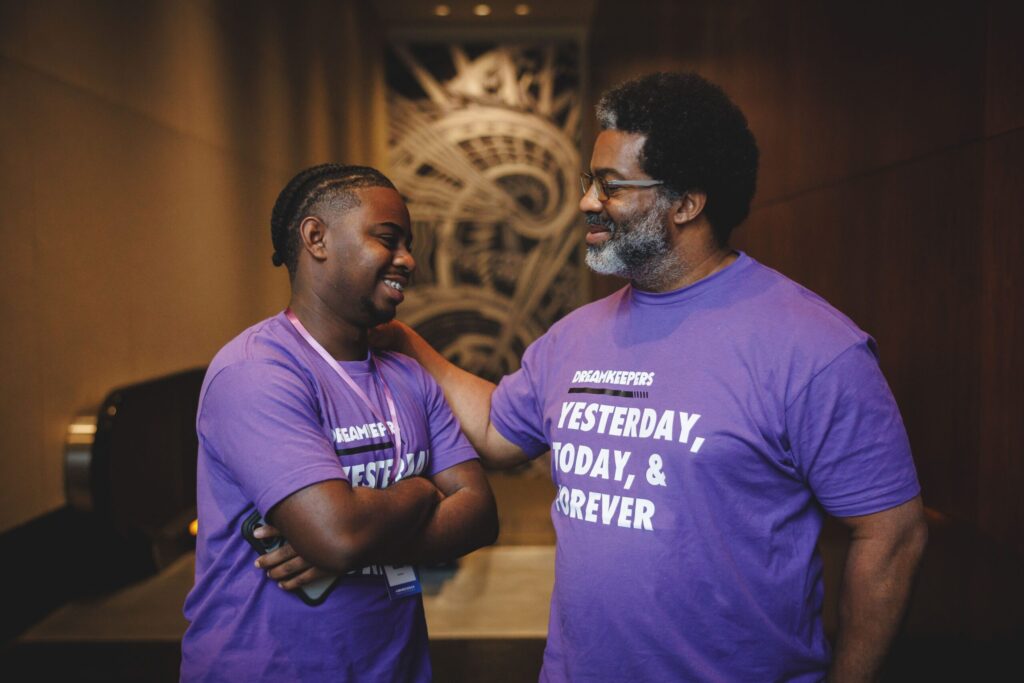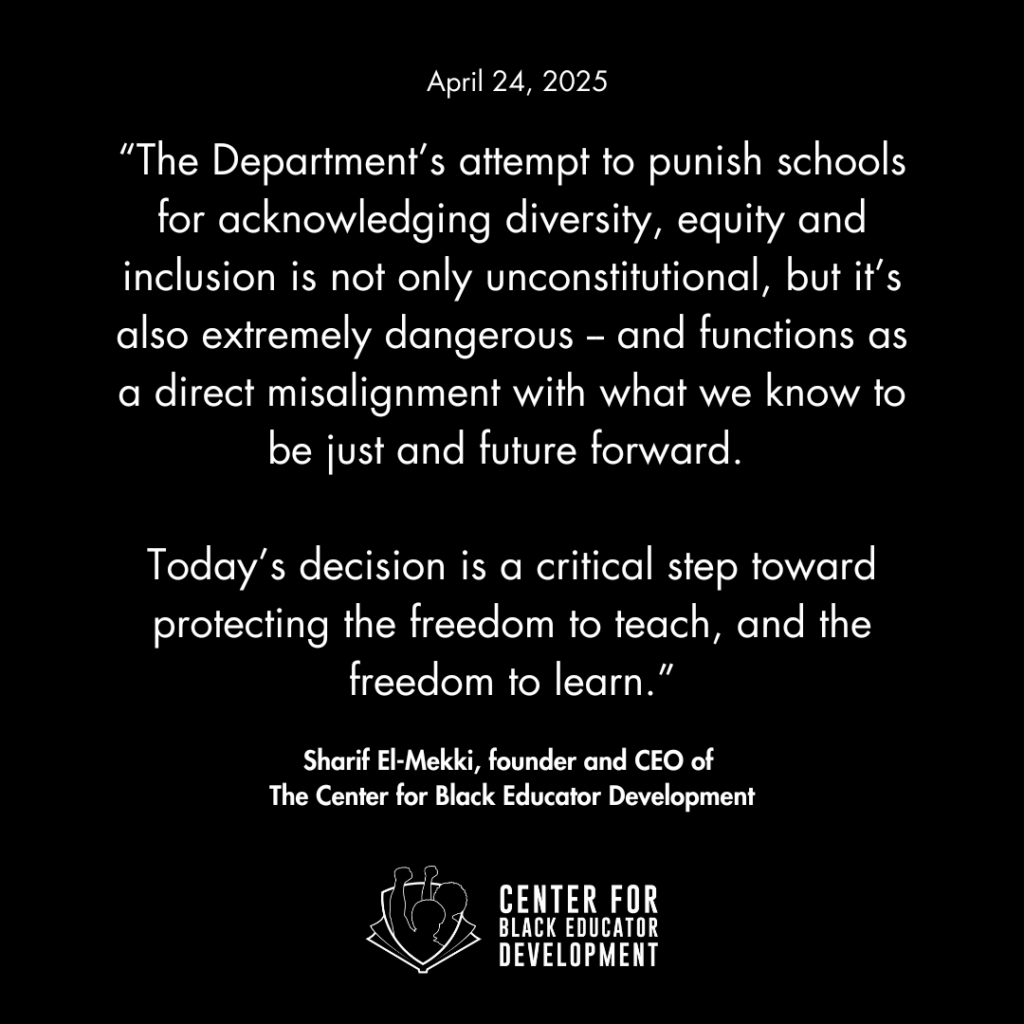Reflections from the “Building a Movement: Creating and Sustaining Diverse Teacher Workforces” convening
By Mal Davis, Stoneleigh Fellow at the Center for Black Educator Development
The lack of diversity in the nation’s educator workforce is a detriment to all students, particularly students of color who benefit academically and psychologically from having same-race teachers. However, this issue has been met with a new administration and a renewed focus on closing opportunity gaps for students of color which has led to an increased federal and state investment in recruiting, supporting, and retaining educators of color. This was also the impetus for The Education Trust (EdTrust) and the Center for Black Educator Development (CBED) to join forces with TeachPlus, WeARE NC, Californians for Justice and Tennessee Educators of Color Alliance to plan the “Building a Movement: Creating and Sustaining Diverse Teacher Workforces” convening.
After months of planning, the teams hosted seven states in Philadelphia from July 27th through July 29th. The states represented were: Pennsylvania, Illinois, California, Louisiana, Texas, Tennessee, and North Carolina. Each state team, led by a coalition group from their home state, invited between eight to ten classroom teachers to join them in Philadelphia. Each state had a “problem of practice” that they wanted to focus on that dealt with one of five policy “levers” that Ed Trust introduced during the three-day event.
The five levers were:
- Make educator diversity data visible and actionable
- Set clear goals at the state, district, and preparation level to increase educator diversity
- Invest in educator preparation programs to increase enrollment and improve the preparation of teachers of color
- Target resources to districts and schools to support efforts that intentionally recruit and hire a diverse teaching workforce
- Invest in efforts to retain teachers of color that improve working conditions and provide opportunities for personal and professional growth.
States teams selected which lever they wanted to focus on that tied closely to their problem of practice, and collaborated to create a final strategy chart. At the end of the event, each state team presented their strategy chart and talked about why it was important to prioritize the diversity lever they chose (see the Pennsylvania team’s strategy chart below to get a glimpse of what their team worked on.) Over the three days of training and learning from Ed Trust’s staff members, specifically Eric Duncan and Robert Louis Ruffins, state teams walked away with a fundamental understanding of the policy levers that are at play in their state.
All in all, the event was a resounding success, both from a data/feedback standpoint from the attendees, and due to the incredible work the state teams did to understand how to push their lever forward over the next year. Now that each state team has returned home, the goal is for educators to continue working with the state coalition group that hosted them in Philly to address teacher diversity policy and advocacy strategies.
